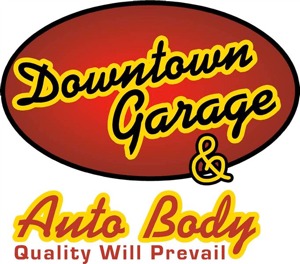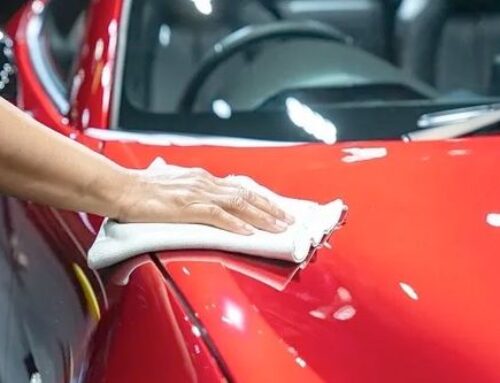You might never think about one important part of your car’s body, if only because you never see it. Clear coat works invisibly to protect your paint job, but you should pay attention to it nonetheless. Here are some things you should know about clear coat.
Clear Coat Provides Valuable Body Protection
The clear coat overlaying your paint job does more than just make your car sparkle and shine. This outermost layer of transparent paint serves as a protective barrier that prevents UV radiation and weather from damaging the colored paint layer.
Clear coat also takes abrasions that might otherwise scratch your paint job. Even a deep-looking scratch on your vehicle may penetrate only the clear coat. With luck, a professional polish can remove these surface scratches easily.
Bear in mind that only the primer paint layer beneath the colored paint layer stands between your body panels and rust. The clear coat layer on top protects the colored layer, preserving its integrity and helping it protect the primer in turn. Think of your clear coat as the car’s first line of defense against body rot that might otherwise require extensive repairs.
You Need to Address Clear Coat Oxidation Early
A hazy, dull finish on a vehicle often signals clear coat oxidation. Clear coat that has endured dust, rain, road chemicals, and UV exposure for long periods, with no topmost coating of wax to shield it from these threats, will oxidize and wear thin. As it does, it takes on a hazy white coloration, creating ugly discolored patches that stand out against the paint job.
Fortunately, you can remove this discoloration without necessarily repainting your car, but only if you act quickly, during the early stages of oxidation. A professional polish with the aid of a powered buffer can remove the oxidized top layer of clear coat, revealing pristine clear coat and restoring your paint job’s intended appearance.
Once clear coat oxidation has advanced to the point of outright clear coat failure, you have no choice but to repaint the car. You have already reached this stage if you see your clear coat peeling away from the body panels. You’ll want to save yourself this extra expense by reacting to clear coat oxidation as soon as it occurs.
Your Older Vehicle May Not Have a Clear Coat
Automotive paint has undergone an evolution over the decades. As consumers grew more focused on the cosmetic aspects of their cars, multiple paint layers that preserved color and shine gradually replaced single stage paint jobs. In a single stage paint job, the color coat serves at the topmost layer. The glossy finish of the paints give the car its shine and sparkle.
If you own a vintage car or truck, don’t feel too shocked to learn that your vehicle doesn’t have a clear coat. A single stage paint job will oxidize more quickly than a clear coat paint job, but it also responds readily to polishing. You might even decide to apply a fresh mix of single stage acrylic and clear coat to give your vintage car extra protection while preserving its original look.
You Can Maintain a Clear Coat With Relative Ease
Clear coat can last a long time with normal cleaning and maintenance. Contrary to what you may have heard, you don’t need to worry unduly about your clear coat requiring special cleaning procedures or delicate handling compared to single stage paint jobs. Ordinary maintenance, performed regularly, can help you avoid the need for professional restoration.
The most frequent preventative step involves washing the car every few weeks (or every week, if you subject your paint job to lots of dirt). Every few months, apply a protective coating of wax or polish. To get rid of any accumulated pollutants and contaminants that cling stubbornly to your car, spray a product called clay lubricant onto the clear coat and then rub the clear cost with a detailing clay bar.
Whether you need to repaint a car with clear coat failure or you simply need advice on how to keep your car’s finish in peak condition, Downtown Garage & Auto Body can help. Contact us today or stop by our body shop.





